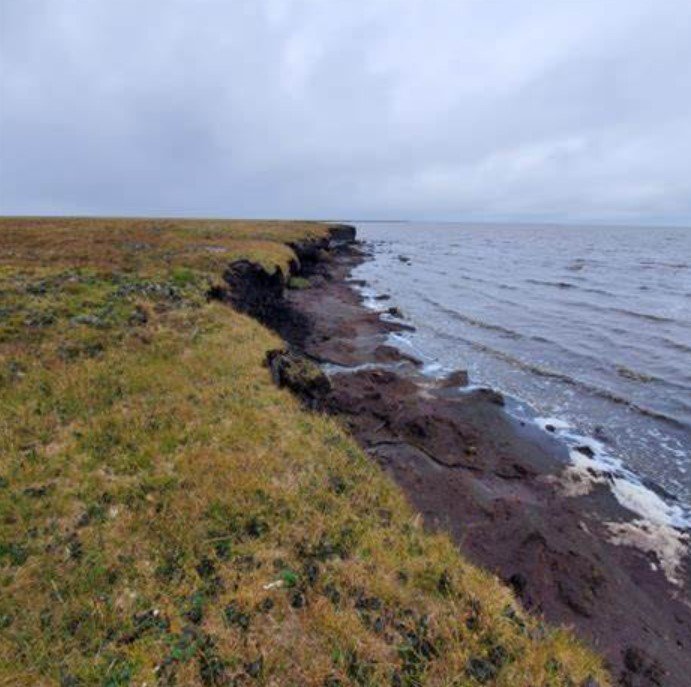Climate change is posing a significant threat to coastal populations worldwide, with saltwater intrusion emerging as a critical issue. A recent study published in Nature highlights the potential health risks associated with saltwater intrusion into coastal groundwater by 2050. The study identifies 41 nations, particularly in South and Southeast Asia, that are at higher risk due to their reliance on groundwater for drinking water. This article delves into the findings and implications of this research, emphasizing the urgent need for sustainable solutions.
Rising Sea Levels and Saltwater Intrusion
Saltwater intrusion is a process where seawater infiltrates freshwater aquifers, contaminating drinking water sources. This phenomenon is exacerbated by rising sea levels, a direct consequence of climate change. As sea levels rise, the pressure on coastal aquifers increases, pushing saltwater further inland. This not only affects the quality of drinking water but also poses significant health risks to populations dependent on these water sources.

The study projects that by 2050, many coastal regions will experience saltwater intrusion extending at least 1 km inland. This intrusion will compromise the availability of fresh drinking water, particularly in low- and middle-income countries. These regions often lack the infrastructure to treat contaminated water, making them more vulnerable to the adverse effects of saltwater intrusion.
In addition to rising sea levels, other factors such as increased agricultural demand for groundwater and the salinization of surface waters contribute to the worsening of this issue. The combined impact of these factors underscores the need for immediate action to mitigate the effects of saltwater intrusion on coastal populations.
Health Risks Associated with Saline Drinking Water
The consumption of saline drinking water poses several health risks, particularly related to high sodium intake. Elevated sodium levels in drinking water can lead to increased blood pressure, which is a major risk factor for cardiovascular diseases. The study highlights that populations consuming saline water are at greater risk of developing hypertension and other related health issues.
In regions where saltwater intrusion is prevalent, the health impacts are compounded by the lack of access to alternative water sources. This situation is particularly dire in low- and middle-income countries, where healthcare systems may already be strained. The study emphasizes the need for targeted interventions to address the health risks associated with saline drinking water in these vulnerable regions.
Moreover, the research calls for further studies to understand the local geological nuances and develop contextually appropriate solutions. Engaging with local communities and stakeholders is crucial to co-produce effective strategies that ensure equitable access to clean drinking water.
Urgent Need for Sustainable Solutions
Addressing the issue of saltwater intrusion requires a multifaceted approach that includes both mitigation and adaptation strategies. Mitigation efforts should focus on reducing greenhouse gas emissions to slow down the rate of climate change and sea-level rise. This can be achieved through international cooperation and the implementation of policies aimed at reducing carbon footprints.
Adaptation strategies, on the other hand, should aim to enhance the resilience of coastal communities to the impacts of saltwater intrusion. This includes investing in infrastructure to treat saline water, developing alternative water sources, and implementing water conservation practices. Additionally, raising awareness about the health risks associated with saline drinking water is essential to encourage proactive measures at the community level.
The study underscores the importance of integrating scientific research with policy-making to develop effective solutions. By leveraging the latest scientific findings, policymakers can design interventions that are both evidence-based and contextually relevant. Collaborative efforts between governments, researchers, and local communities are key to addressing the challenges posed by saltwater intrusion and ensuring a sustainable future for coastal populations.




































